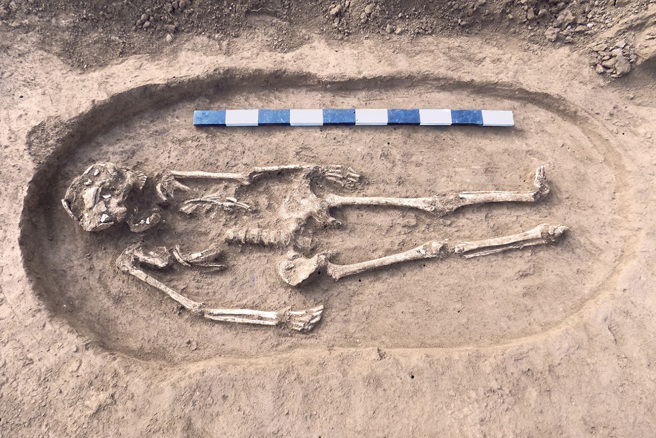Even though films and TV series like ‘Interview with the Vampire,’ ‘Twilight,’ and ‘Bram Stoker’s Dracula’ have captivated audiences, it’s important to note that vampires, as a species, do not actually exist.
While Romania claims to be the ‘homeland of European vampires’ with the famous Dracula’s Castle in Transylvania and the birthplace of Count Dracula in Sighișoara, what may surprise you is the existence of a vampire cemetery in Katowice, Poland.

Katowice is the largest city in the Silesian Voivodeship of Poland, known as the ‘coal capital of Poland,’ and is home to the largest suburban park in Europe.
Of course, visitors to Katowice are not there to dig for coal or fly kites in the park; they come to see the vampire cemetery.
The cemetery has revealed 17 skeletons in fixed postures, with a peculiar detail— their skulls were severed and placed between their hands or legs.

According to archaeologists, these bodies were buried around the 15th and 16th centuries. During this time, vampire legends were rampant in Eastern Europe, and it was believed that burying individuals suspected of being vampires in such a manner would prevent their resurrection.
While this may be a curious side note for travelers, it’s not necessarily a top recommendation, except for those interested in offbeat adventures like road trips.
Nevertheless, it cannot be denied that vampires, along with witches, held a specific and indelible place in the ancient history, particularly in the religious history of Europe.

